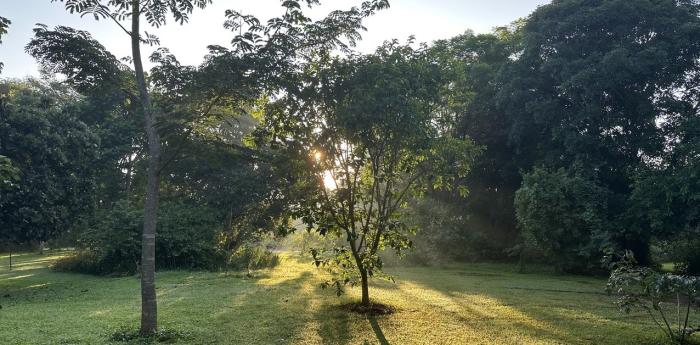You are here
Chifwema Arboretum

Chifwema Arboretum
The Chifwema Arboretum aims to enhance knowledge and understanding of Zambia’s indigenous trees and plants, their ecology, and the benefits they bring to the environment, our climate and to the wellbeing of humans and wildlife.
The Chifwema Arboretum covers an area of around 30 acres where the natural vegetation is Miombo woodland, dominated by Brachystegia, Julbernardia and Isoberlinia species. The area was intensively farmed in the 1960s and the natural vegetation removed. Since 1990, other than occasional controlled fires to burn off excessive bush litter, periodic grass cutting to represent natural grazing patterns and some plantings and removal of invasive species, the land has been allowed to transition back to entirely natural indigenous woodland. There are now over 100 species of trees occurring in Chifwema Arboretum. Several species which are otherwise poorly represented across Zambia’s landscapes, occur in the Chifwema Arboretum including Bolusanthus speciosus, several different Ficus species, Parkia filicoidea, and Stereospermum kunthianum.
The Chifwema Arboretum is attempting to propagate a range of hardwood species that are under extreme pressure from both commercial and illegal logging and subject to impacts of wild fires from encroaching agriculture. These include Baikiaea plurijuga (commercial timber names African teak, or Zambezi redwood), Guibourtia coleosperma (Rhodesian copalwood, or Muzauli), Pterocarpus angolensis (Mukwa, Muninga, Kiaat), P. rotundifolia (Padauk) and P. tinctorius (Mukula) and Dalbergia melanoxylon (African blackwood, African ironwood, or Zebrawood). These species although listed as Lower Risk/Near Threatened by IUCN.


